

— Products —
 Consumer hotline +8618073152920
Consumer hotline +8618073152920 WhatsApp:+8615367865107
Address:Room 102, District D, Houhu Industrial Park, Yuelu District, Changsha City, Hunan Province, China
All products
Atmospheric Visibility Sensor is a stateoftheart device designed to measure meteorological visibility, offering advanced monitoring capabilities for various applications such as weather stations, remote automatic weather stations, and transportation sectors including airports, highways, waterways, and large vessels. Based on the principle of aerosol forward scattering, this sensor has emerged as the nextgeneration solution for monitoring meteorological visibility.
Tel/WhatsApp:+8615367865107
Email:Arvin@niubol.com +Nearly 100 partner companies in more than 68 countries. We are committed to providing high-quality, practical products to meet your needs and help you solve problems. Our products comply with international standards and are certified with ISO, CE and RoHS.Product Details
Atmospheric Visibility Sensor Introduction:
The Atmospheric Visibility Sensor is a stateoftheart device designed to measure meteorological visibility, offering advanced monitoring capabilities for various applications such as weather stations, remote automatic weather stations, and transportation sectors including airports, highways, waterways, and large vessels. Based on the principle of aerosol forward scattering, this sensor has emerged as the nextgeneration solution for monitoring meteorological visibility.
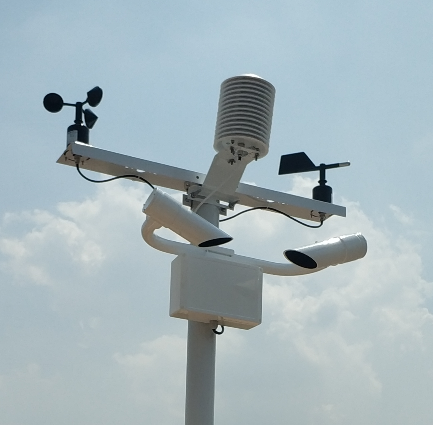
Front View
| Supply voltage: | DC12V |
| Signal output: | RS485 |
| Communication protocol: | standard MODBUS protocol |
| Baud rate: | 9600 |
| Technical principle: | light scattering |
| Scattering angle coverage: | 39o-51o front scattering |
| Peak wavelength: | 875nm |
| Bandwidth: | 100nm |
| Measuring range: | 5-10KM |
| Measurement accuracy: | ≤2km, 2%; 2km-10km, ±10%; |
| Working temperature: | -40-80℃ |
| Working humidity: | 0-95%RH |
| Standard cable length: | 10 metres |
| Size: | 610mm x 230mm x 300mm |
Material: | anodized hard aluminium, with paint protection on the outer surface |
| Protection grade | IP65 |
Atmospheric Visibility Sensor Key Features:
Comprehensive Monitoring: The Atmospheric Visibility Sensor captures accurate measurements of visibility by analyzing the forward scatter of infrared pulse light from aerosol particles in the atmosphere.
Advanced Algorithms: Utilizing sophisticated mathematical models, the sensor converts collected measurement data into Meteorological Optical Range (MOR), providing reliable visibility information.
Easy Integration: The sensor operates on a DC 12V power supply and communicates via a threewire RS485 cable, facilitating seamless integration with monitoring systems.
Configuration Options: With multiple builtin commands, the sensor allows for easy configuration of system parameters and control over various functions.
UserFriendly: The presence of a display terminal enables straightforward system parameter checking and potential parameter value adjustments during assembly and maintenance.
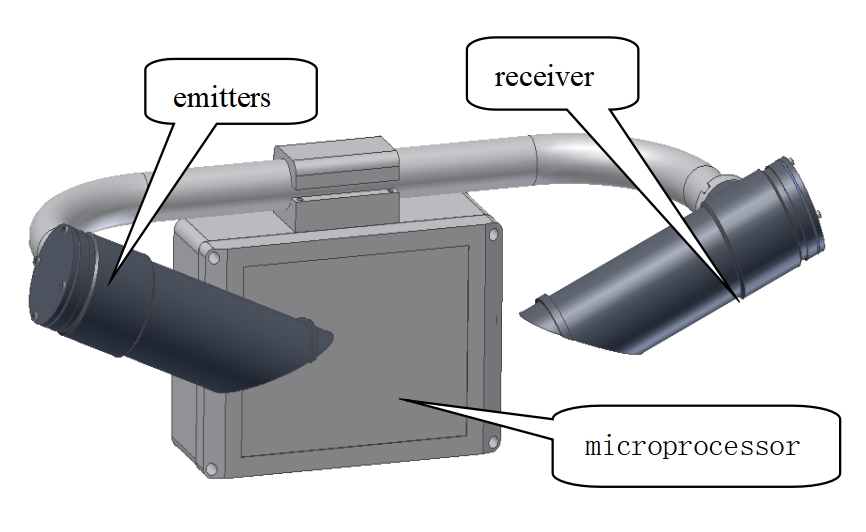
The Atmospheric Visibility Sensor employs the characteristics of forward scatter instruments, measuring the scatter coefficient within a specific angle range less than 90 degrees. The sampling area is determined by the intersection of the light path from the transmitter and the receiver's light path. This method differs from the total extinction coefficient measured by perspective instruments, as it focuses on a narrower scattering angle in the central forward scattering region.
To calculate visibility during both day and night, it is generally accepted that total extinction coefficient measurements are necessary rather than a specific angle's scattering coefficient. However, under specific conditions, there is a determinable proportional relationship between the scattering coefficient at a certain angle and the total atmospheric extinction coefficient, which includes the sum of scattering and absorption of light across the entire range.
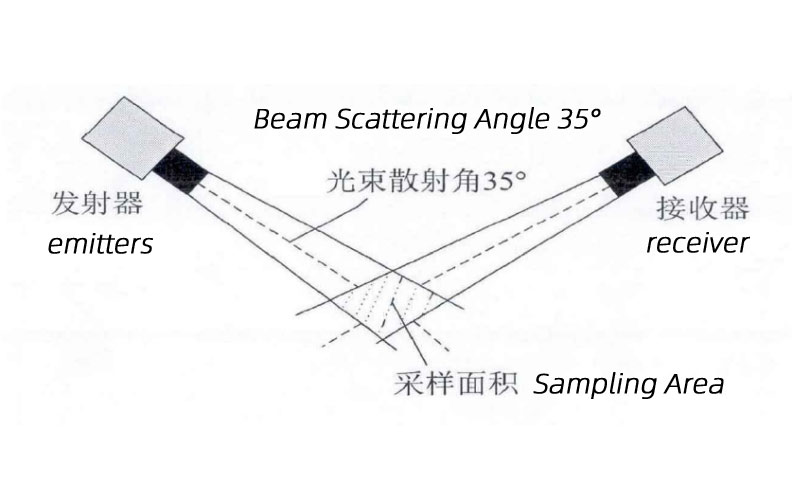
For visibility measurements within 100km, factors such as fog, smoke, haze, dust, sandstorms, and various types of precipitation determine the extinction effect on visible and nearvisible light in the atmosphere. Beyond 100km, molecular scattering becomes the dominant factor, while the absorption effects of suspended particles and precipitation can be neglected in comparison to scattering.
The Atmospheric Visibility Sensor offers a reliable and efficient solution for monitoring meteorological visibility, providing vital information for weather forecasting, air pollution monitoring, and ensuring the safety of transportation systems. Its advanced features, userfriendly interface, and wide range of applications make it an invaluable tool in modern meteorology and transportation sectors.
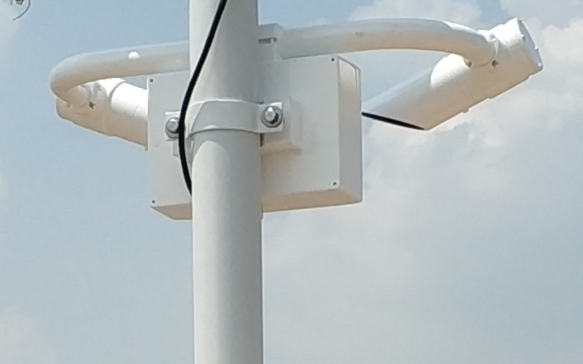
Rear view
1. Weather stations and automatic weather stations
Weather stations and automatic weather stations are one of the main application areas for atmospheric visibility sensors. Sensors can monitor and record changes in atmospheric visibility in real time, providing important data support for weather forecasting and climate research. Through continuous observation of atmospheric visibility, meteorological departments can more accurately predict haze, rain, fog and other weather phenomena, and timely release of early warning information to protect public travel safety.
2. Airport and aviation field
In the field of aviation, atmospheric visibility sensors play a crucial role. Airports usually need to monitor the visibility of the runway and the surrounding area in real time to ensure the safety of flight take-off and landing. Atmospheric visibility sensors can provide accurate visibility data to help airlines and airport authorities make appropriate take-off and landing plans to avoid flight accidents caused by low visibility.
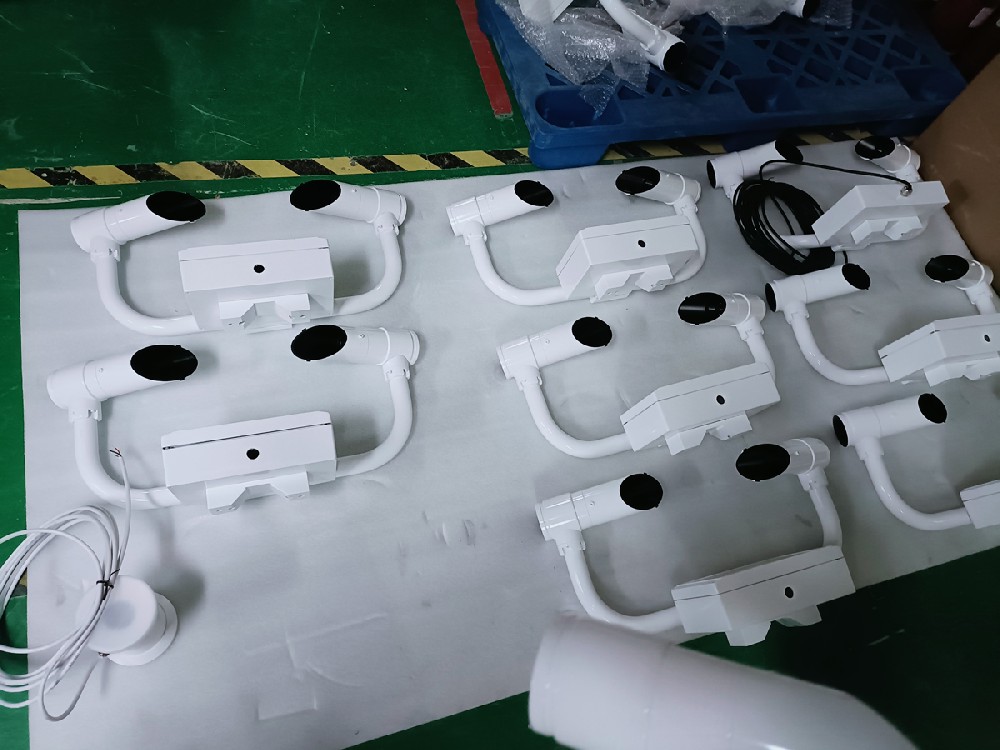
3. Highways and Traffic Management
Highways are an important part of transport, and atmospheric visibility is one of the key factors affecting traffic safety. By installing atmospheric visibility sensors along the highway, the traffic management department is able to understand the visibility situation of the road in real time, and take traffic control measures in time to prevent traffic accidents due to haze, rain and fog and other inclement weather.
4. Waterways and marine transport
In the field of waterways and marine transport, atmospheric visibility sensors also play an important role. Sensors can monitor the visibility of waterways and sea areas, providing safety for ship navigation. Especially in the foggy season or night navigation, the atmospheric visibility sensor can help the captain and crew to accurately judge the navigation environment, to avoid collision accidents.
5. Large ships and offshore platforms
Large ships and offshore platforms also need to pay attention to the atmospheric visibility when operating at sea. The atmospheric visibility sensor can provide real-time visibility data to help the crew judge the sailing and operating environment, to ensure the safety and smooth operation of marine operations.
In summary, this atmospheric visibility sensor with its efficient, accurate and reliable performance characteristics, in the meteorological stations, airports, highways, airways and large ships and other fields have a wide range of applications. With the growing demand for environmental monitoring and meteorological services, this sensor will play an even more important role in the future, providing more convenience and security for our life and work.
Next:PAR Sensor
Sensors & Weather Stations Catalog
Agriculture Sensors and Weather Stations Catalog-NiuBoL.pdf
Weather Stations Catalog-NiuBoL.pdf
Related recommendations
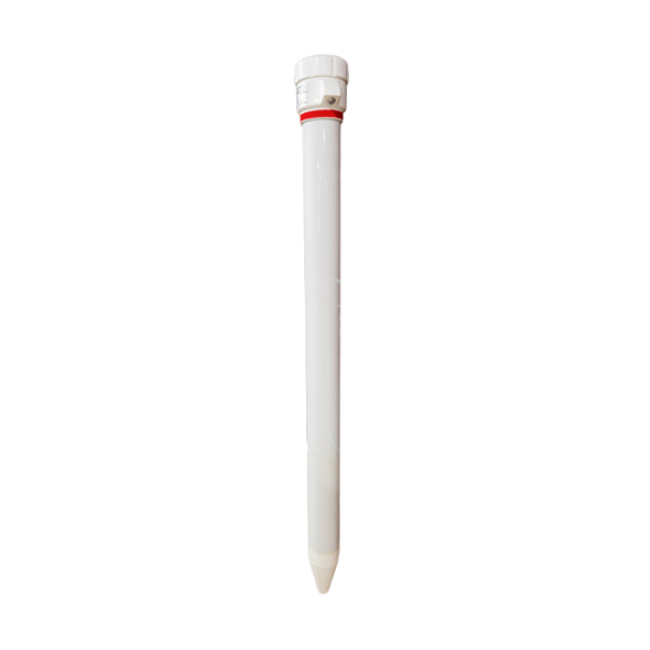 Multi-Depth Soil Sensor RS485
Multi-Depth Soil Sensor RS485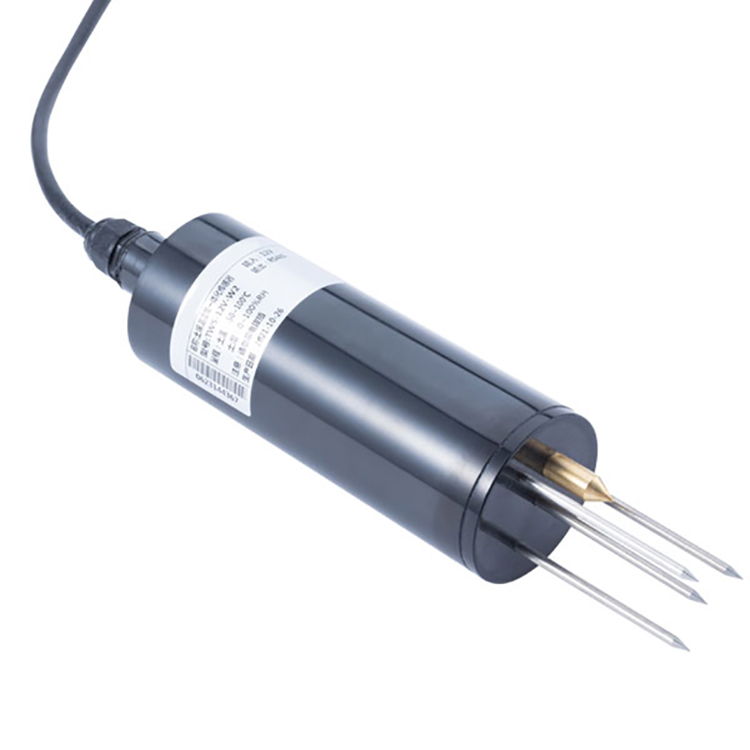 TDR Soil Moisture Sensor
TDR Soil Moisture Sensor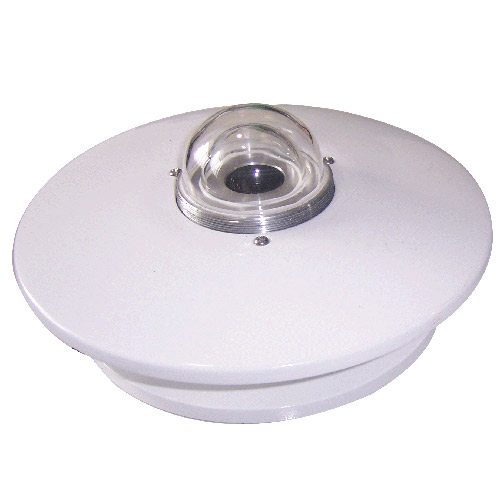 Pyranometer Solar Radiation Sensors
Pyranometer Solar Radiation Sensors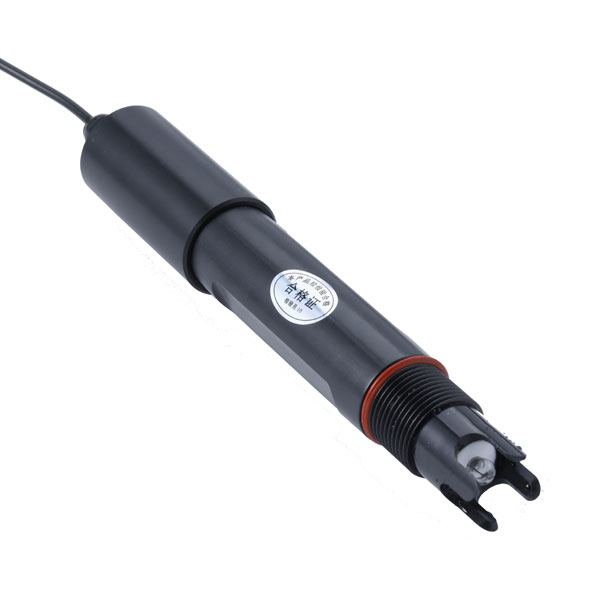 Soil ph sensor
Soil ph sensor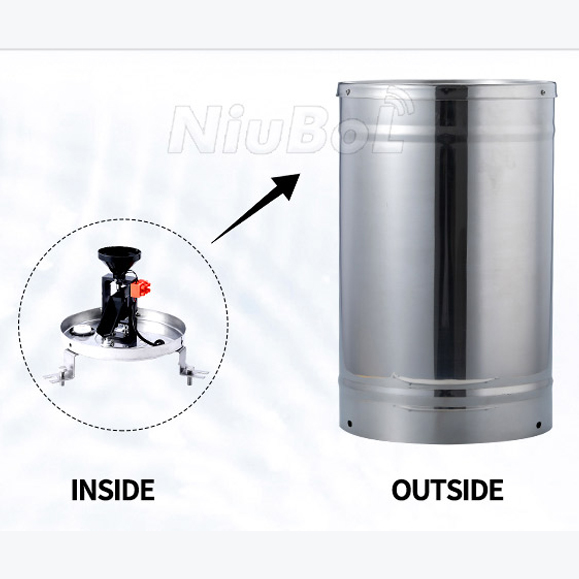 Tipping Bucket Rain Gauge
Tipping Bucket Rain Gauge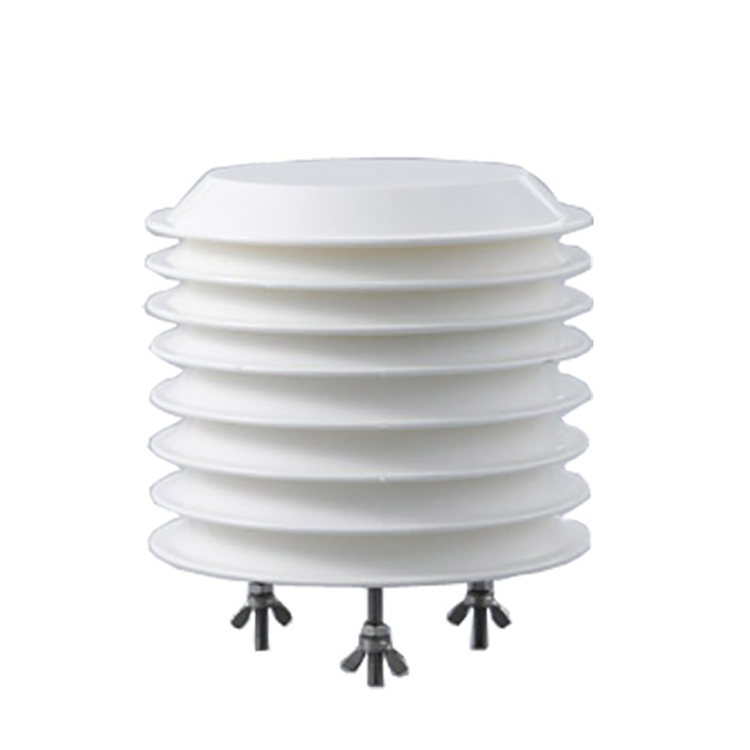 Air Temperature and Humidity Sensor
Air Temperature and Humidity Sensor
Screenshot, WhatsApp to identify the QR code
WhatsApp number:+8615367865107
(Click on WhatsApp to copy and add friends)
